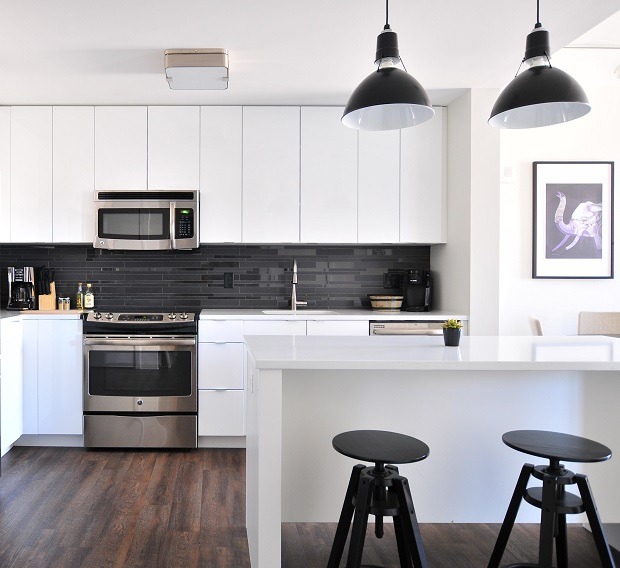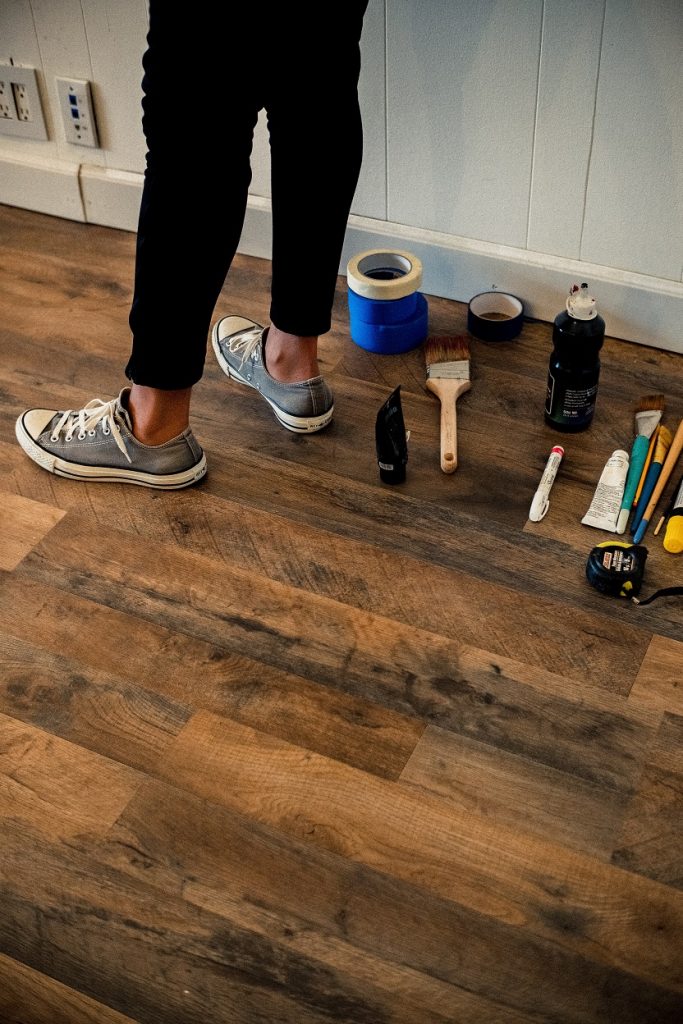Balancing Risks and Rewards

Home flipping is no easy feat, and it’s getting even harder. Just ask Zillow.
Flipping a home, of course, means buying it, sprucing it up, and promptly putting it back on the market for sale. About 5% of homes on the market are flipped houses.
Foreclosures are expected to rise somewhat in early 2022, as we’ll explain in more detail below. This is one reason activity could rev up in the home flipping arena. If home flipping draws your interest, here are four key points to consider when flipping a home in the current market.
Seasoned home flippers will have their own opinions on all of this, of course. Take what resonates with you and leave the rest.
1. High Returns May Be Getting Scarcer
In some areas, markets are cooling. Overall, the average returns for house flipping are trending down. After costs, net returns could be about 33% — not bad, but significantly less than the 40% netted in the average flip in the middle of 2020.
Compounding the challenge are today’s costs for materials. In an inflationary environment, these costs can take bigger bite out of profits. Worker shortages have been connected to delays in renovation projects, too.
Some markets are still producing robust profits. Metropolitan areas where house flippers are earning above-average returns include Omaha, Oklahoma City, and Fargo, Pittsburgh and Philadelphia. The hardest areas to turn a profit are generally small cities in southern states — Alabama, Mississippi, Texas. But areas within commuting distance to job hubs and colleges tend to do better overall.
Wherever they might be, investor buyers are benefiting from the tailwind of rising loan limits. Conventional and government loans alike have gone up in recent years to meet the steady rise in U.S. home prices since 2012. The industry has seen an increasing acceptance of bank statements to qualify self-employed loan applicants, and the revival, to some extent, of alternative loan products that allow investors to profit from flipping.
2. Foreclosures Could Draw a Resurgence of Home Flipping
Home prices in many markets have reached astonishing heights due to a perfect storm of low interest rates, high demand, and low inventory. One reason for the low inventory is the lack of foreclosure activity. House flipping tends to rise along with the rate of foreclosures and other factors that reduce home values.
State and federal governments have put holds on foreclosures; lenders have been urged to extend mortgage terms to support homeowners affected by the pandemic lockdowns. For these reasons, foreclosure activity has slowed in 2020-2021. But as we enter 2022, a wave of foreclosed houses could go on the market. At that point, struggling owners will longer have the moratorium as support.
An uncertain economy could add to a foreclosure wave. The percentage of employees concerned about job security over the coming year is rising, and has reached 16%.
3. Buyers’ Real Estate Agents Use Extra Caution With a Flipped Home

Of course, buyers and their agents know when a home for sale is in that 5% segment that’s flipped. What are the tip-offs?
Usually, today’s flipped home looks visually appealing. It’s been renovated with laminate wood style flooring, new appliances, nice faucets and counter tops.
The agent will note the sale to the current seller (typically at a much lower price than the new listing shows) earlier in the year. Photos of an unfurnished interior can also be indicators.
Is there anything wrong with this? No! But the buyer, the buyer’s agent, and the home inspector will likely be looking with extra care at how much effort actually went into the renovations. Will the buyer run into unpleasant surprises because a home flipper approached this as a DIY project, without having expertise in the work that was done?
Expect the buyer’s team to look at the attic, basement, and crawl spaces with ductwork access. Have these, along with plumbing behind appliances and walls, been neglected for a long time?
Some home flippers take houses needing work and restore them beautifully. Others quickly install a floating floor, put shiny things in the kitchen, and don’t bother with the substantive issues. Ask any home inspector.
4. Lenders Apply Special Scrutiny to the Condition of a Flipped Home—And Its Pricing
A buyer’s lender will note the date when the home was last purchased, and how much the current seller is asking. An underwriter for a home flip will have additional rules before the loan can be approved. For example, the lender will order a second appraisal on a home you buy from a seller who bought it less than six months ago, if you plan to pay significantly more than its last purchase price. The lender pays for the extra appraisal and inside inspection. (Flips of rural homes and properties from government agencies are exempt from this rule.)
If you are doing the upgrades yourself, having obtained all the proper permits for your doing electrical and plumbing and structural work, great! But most flippers are not qualified to do substantial renovations. Therefore, most need to hire qualified professionals. For renovated homes, lenders will request details and proof of permitting.
☛ Be sure to check with your local building department when you’re making renovation plans. Check out our guide to DIY Renovations and Everything You Wanted to Know (or Not) About Pulling Permits!
This is one major reason to avoid buying old fixer-uppers. They tend to come with old wiring, obsolete outlets, fuse panels put in unsafe places, and old materials that are hard to replace or repair. If you choose a property with newer construction, it is more likely to meet the current building codes, and the systems should be relatively accessible and easily updated.
A Few Final Words About Best Practices
It has to be said. Kindly do not be the home flipper who paints badly over old brick or takes out a wall to tout an “open floor plan” when the home is not structurally designed for that. If there are blemishes, your buyer can decide how to approach them.
First and foremost, the pro home flipper focuses on safety and core issues: roof, HVAC, electrical systems and outlets, the sewer and plumbing, and the structural integrity of a home. It’s a great move to have contractors inspect every system and cranny of the home before it’s flipped. After all, no buyer wants to deal with a big issue a year or two down the road. No owner wants to find covered-up termite damage or mold. And don’t assume they won’t talk about it — these days, neighborhood online boards are overflowing with such conversations.
Finally, if you do buy that older fixer-upper, consider leaving those features that make it charming. And by the way, a lot of those features are stylish again!
Best wishes on the work ahead. We hope the above discussion helps you curb your risks, maximize your earnings, and increase the joy inherent in improving a home.
Supporting References
Laura Agadoni for MillionAcres.com: Four House Flipping Moves to Make Before the End of 2021 (Oct. 22, 2021).
Diana Olick for CNCB: Home Flipping Profits Are Shrinking, But Here’s Where You Can Net the Most (Sep. 27, 2021).
Consumer Financial Protection Bureau: Ask CFPB – I Was Told I’m Buying a Home That Was Flipped and That I Have to Get a Second Appraisal. How Does That Work? (last reviewed Feb. 22, 2017).
Photo credits: Naomi Hébert and Bernie Almanzar, via Unsplash.
